Category: Endangered Plants
-
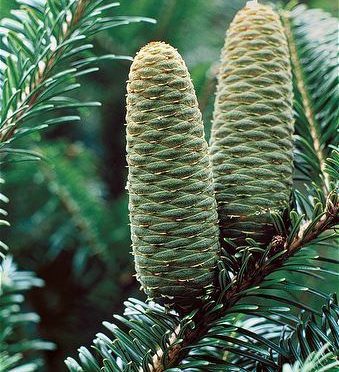
This Source Of Disease-Fighting Drugs Is Down To Last Three Trees
Three Chinese fir trees on a nature reserve in Southeastern China are the last of their kind. As their existence is threatened by human disturbance and climate change, researchers are hurrying to learn everything they can about the tree — which might inspire new and more effective ways to treat various cancers. (Click on title…
-
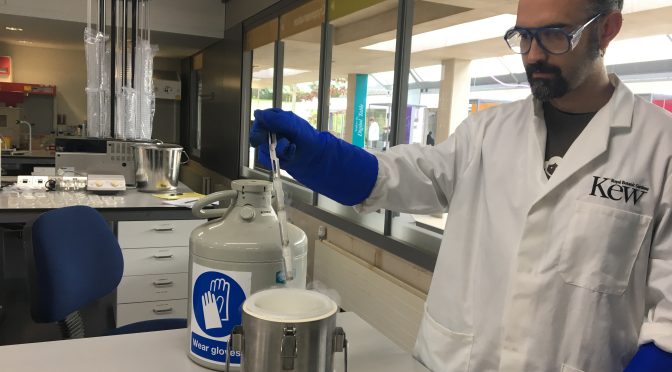
Seed Banking Is Not An Option For Saving A Third Of Endangered Plant Species
New evidence from Kew suggests that traditional seed banking approaches will fail to save some of our most economically important fruit and vegetables and iconic tree species from extinction. (Click on title for full story.)
-
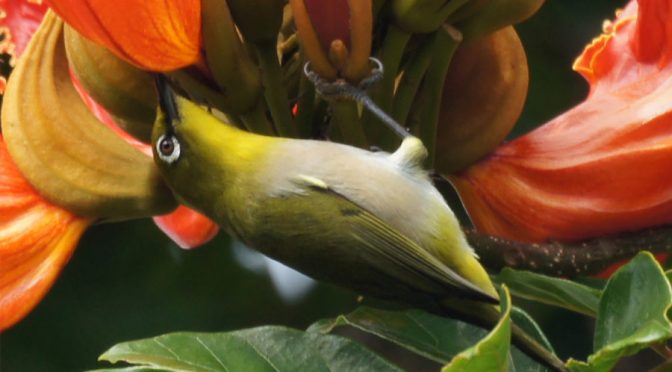
Non-native Invasive Birds Trained To Save Endangered Plants
“We’ve shown that, yes, you can attract birds into an area. But not only that, you can stimulate them to foster fruit removal, and potentially seed dispersal,” (Click on title for full story)
-
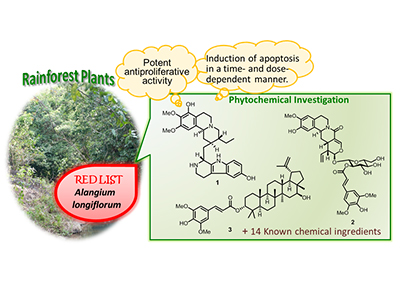
Almost Too Late? Endangered Tropical Plant Found To Have Valuable Human Tumor-Fighting Chemicals
The rainforest plant Alangium longiflorum Merr. (Cornaceae) is threatened with extinction and currently on the Red List of Threatened Species created by the International Union for Conservation of Nature and Natural Resources (IUCN). A crude organic extract from the leaves of A. longiflorum displayed broad cytotoxicity with more specific antiproliferative effects against the growth of…
-
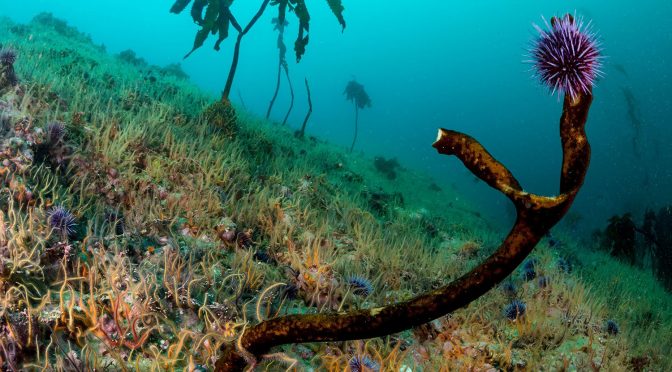
Kelp Forests Are Disappearing Due To Complex Environmental Changes Spurred By Climate Change
Already, Maine’s forests of sugar kelp, a source of the sweetener mannitol, have experienced temperature-linked declines. And in Tasmania, kelp forests have succumbed to a purple urchin outbreak. Here in Albion, they’re trying to avoid a similar fate. (Click on title for full story.)
-
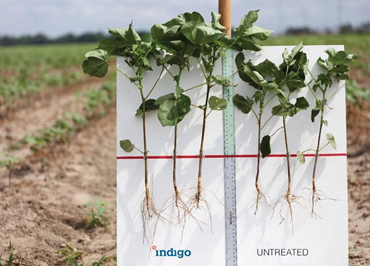
Are Microbes The “Secret Sauce” To Save Endangered Plants And Feed The Hungry World?
While the restoration of a little flowering plant, or a few more bushels of soybeans, may seem like small victories, they could herald big things for plant microbiomes in conservation as well as agriculture. The farmers and conservationists of the future may find themselves seeding and tending not just plants, but their microscopic helpers, too.…
-
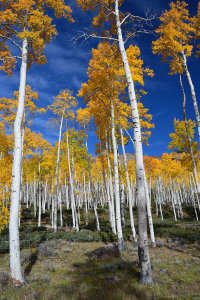
The Most Massive Living Organism, A Forest Of Clones, May Be Dying
The Pando spans 106 acres on a rolling hillside where it has overlooked the picturesque Fish Lake for thousands of years, possibly tens of thousands. But down among the trees it’s evident this iconic stretch of aspen trees, the most massive known organism on the planet, is in peril. (Click on title for full story.)
-
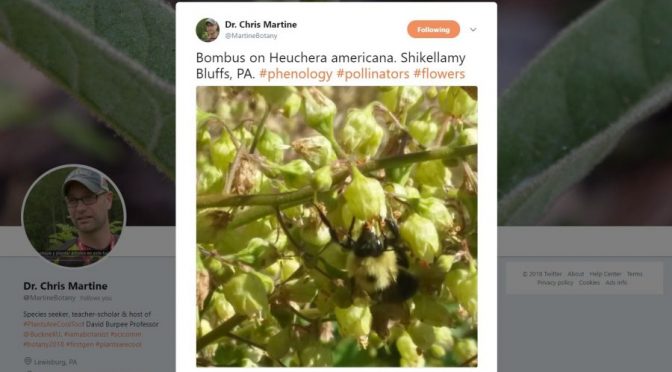
The Endangered Plant Rediscovered On Twitter
Posting an image of this find on Twitter, little did Martine (@MartineBotany) know that one casual Tweet of a bumblebee on what he thought was Heuchera americana would not only stir a heated discussion among fellow botanists, but also lead to the unexpected-for-this-region record of the rare and globally imperiled Appalachian endemic Heuchera alba. (Click on title for full…
-
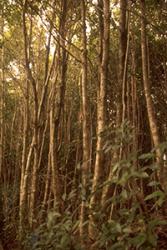
Case Study: Introduced Tree Species Devastating A Tropical Biological Hotspot
At first, the species took over land abandoned from the cultivation of coffee and tree crops, but more recently it has expanded into the natural forests of the Blue and John Crow Mountains National Park. This invasion was accelerated by the damage caused to the forests by Hurricane Gilbert 29 years ago, and it is…
-
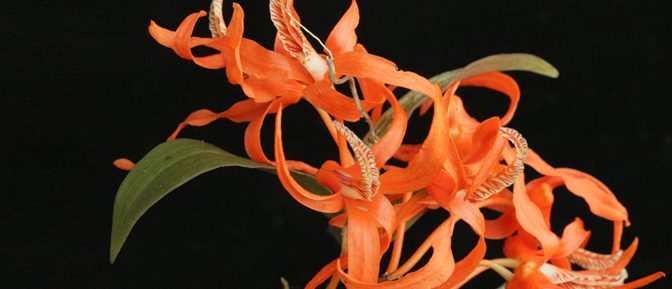
Our Love For Orchids Will Be The Death Of Them. A Review Of Illegal Trade In Wild Species.
Orchids are one of the largest plant families and are commercially traded for a variety of purposes, including as ornamental plants, medicinal products and food. These markets involve thousands of species, which may be traded legally or illegally, sustainably or unsustainably, and take place at local, national or international scales. In this review, we provide…
